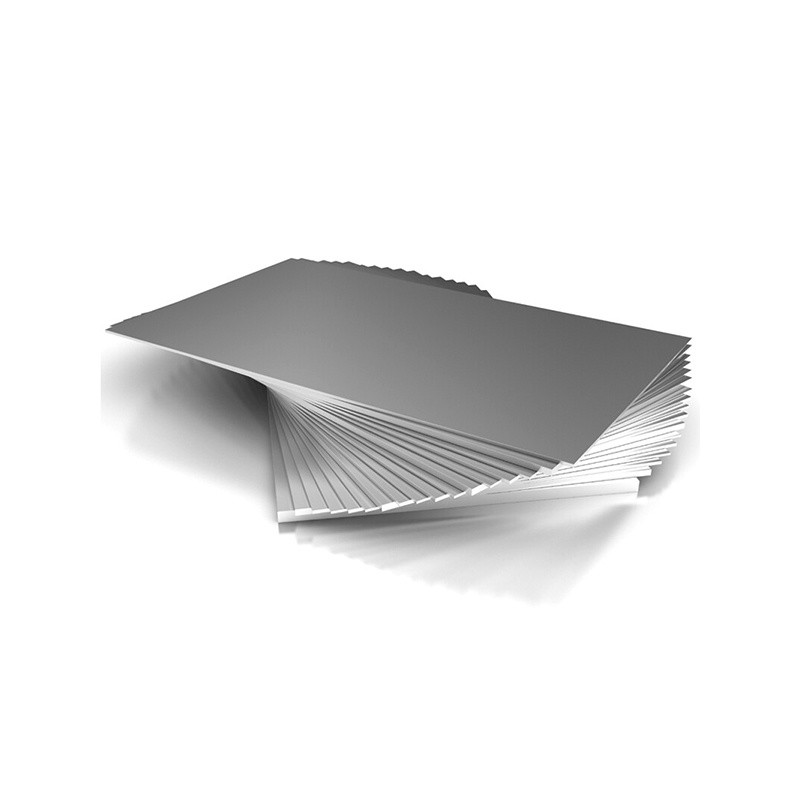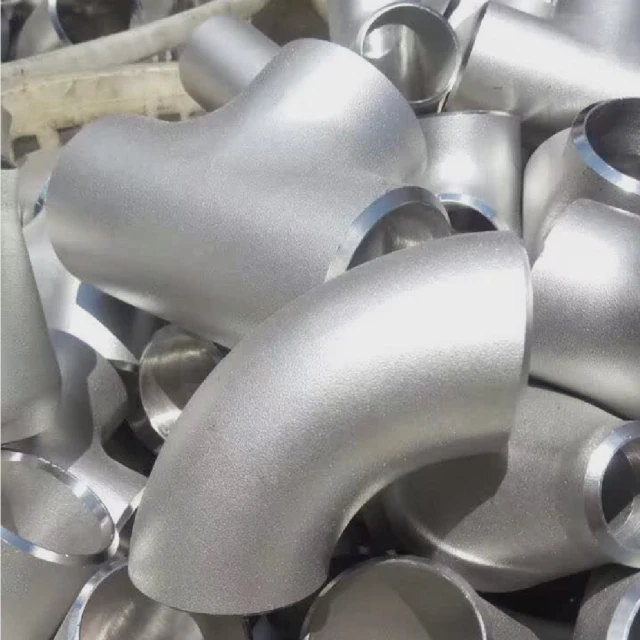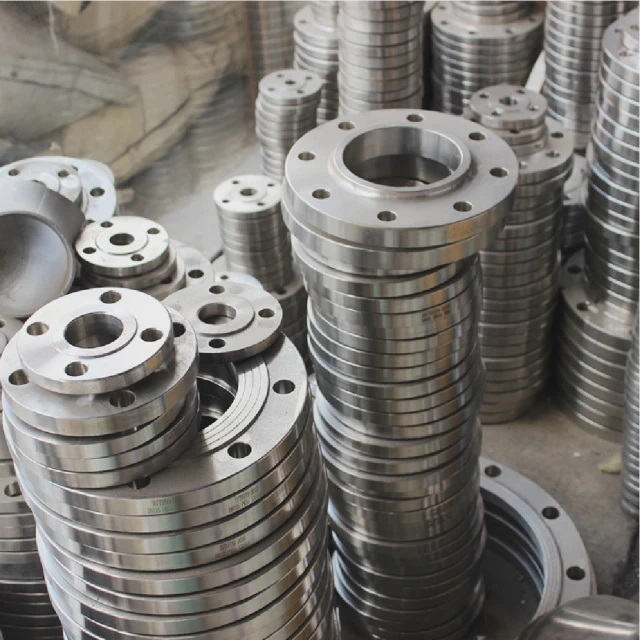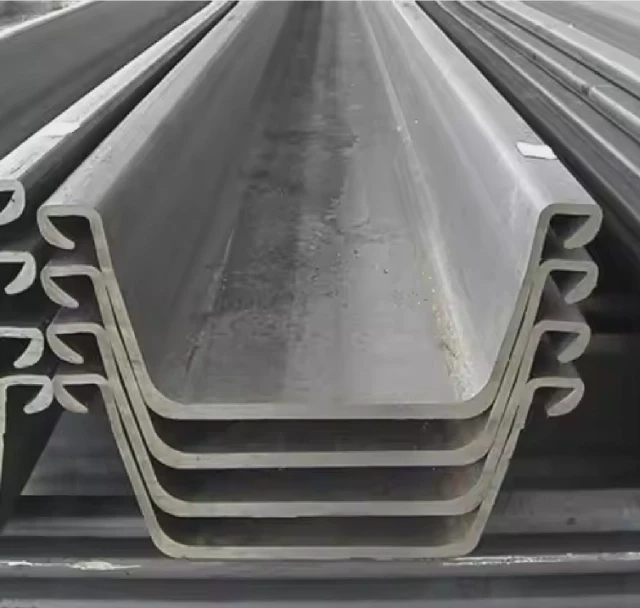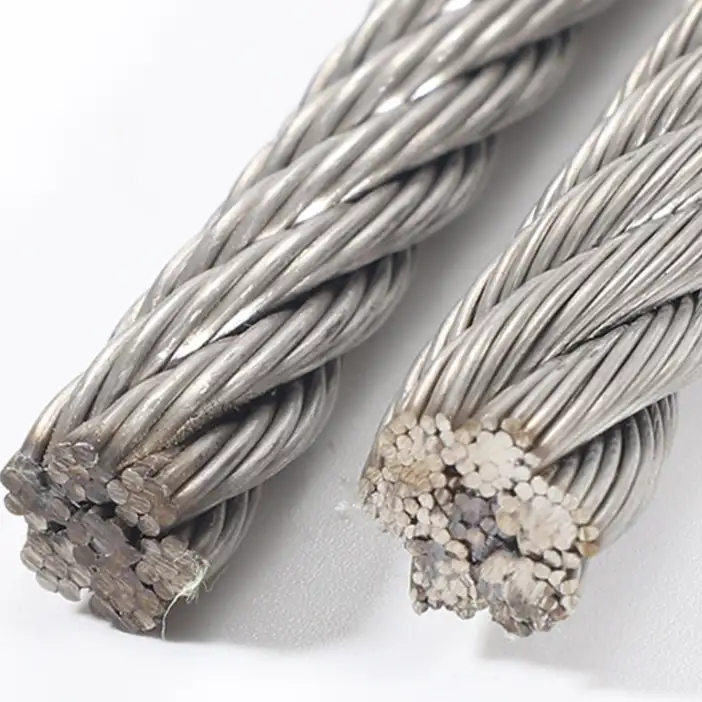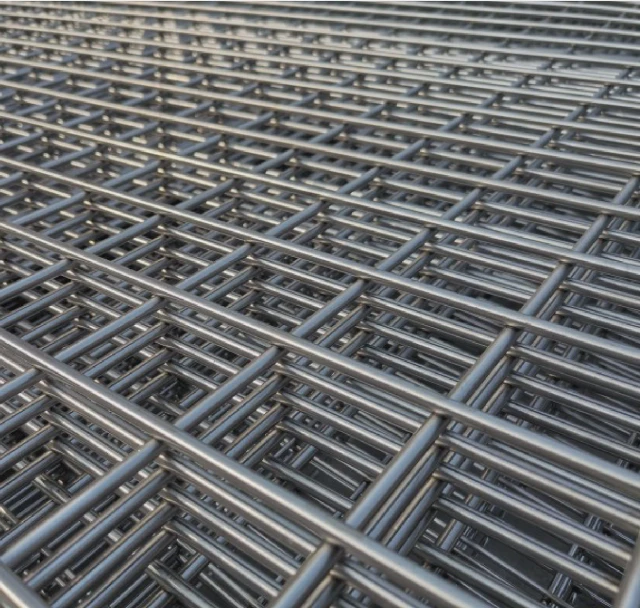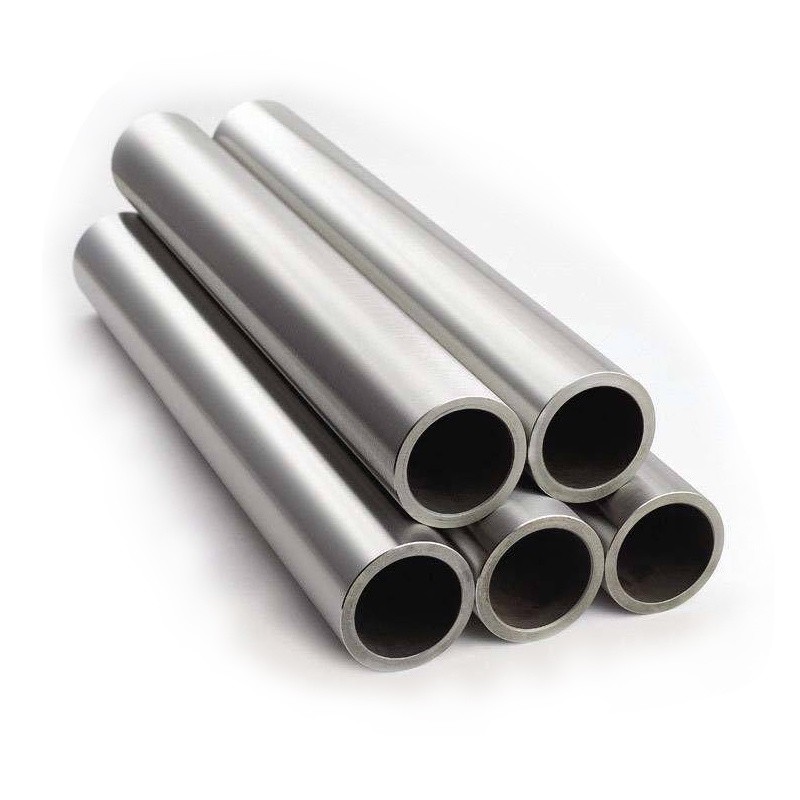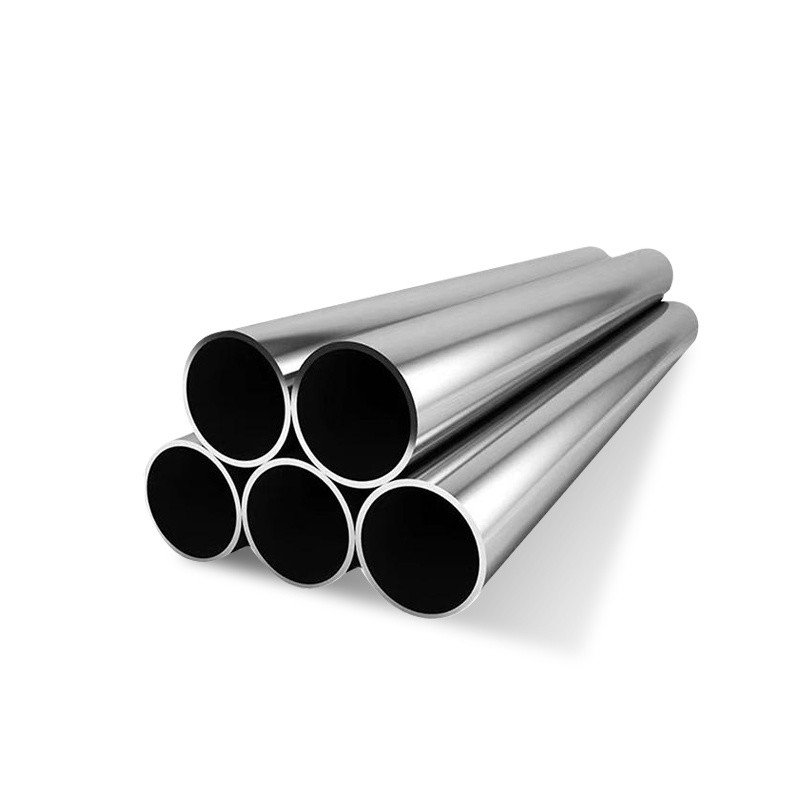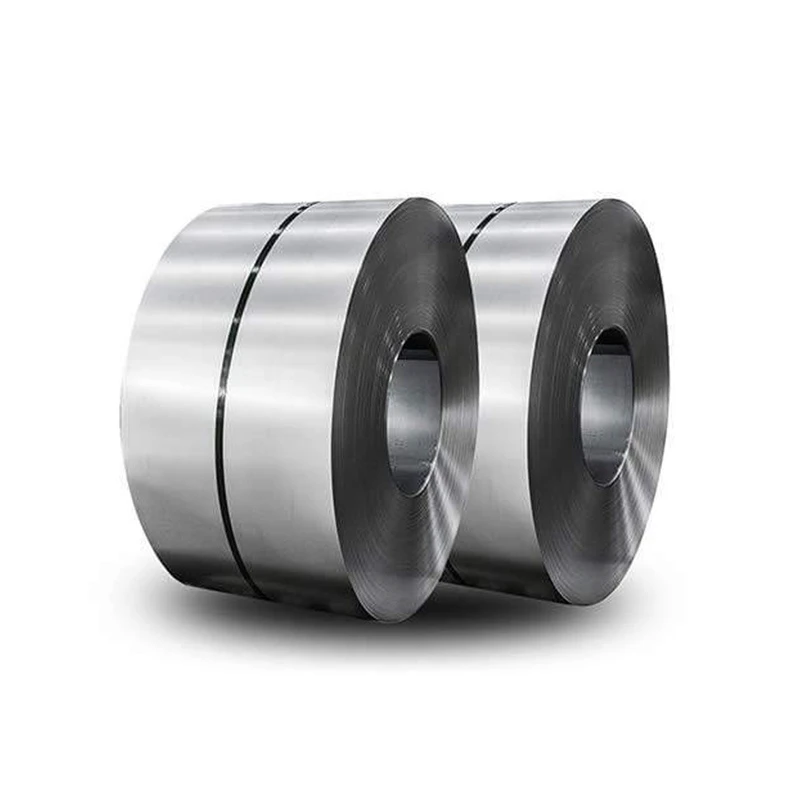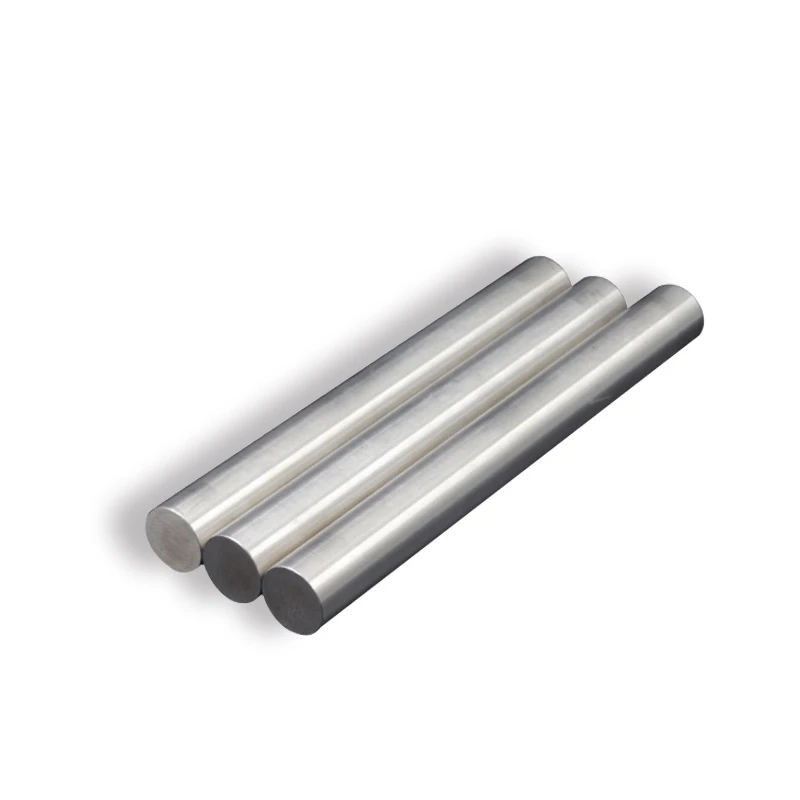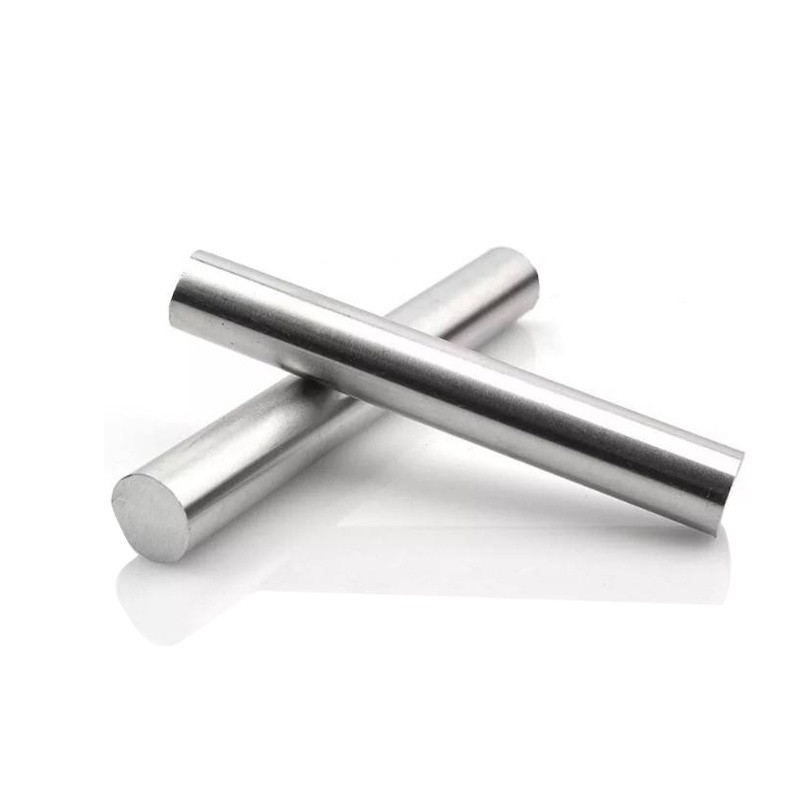
CATEGORIES
FEATURED PRODUCTS
ASTM 305 Stainless Steel Plate
We offer this product and related grades with 100% factory direct pricing and free quotes available within 24 hours.
APPLICATION SCENARIOS

OUR ADVANTAGE

Certificate of Honor

PARTNER

Our Factory

At Luokaiwei, we understand the critical role material selection plays in the success of your projects. That's why we're committed to providing the most detailed and accurate information on our products, including the versatile ASTM 305 Stainless Steel Plate. This guide is designed to be your definitive resource, covering everything from its fundamental properties to practical application advice, ensuring you have all the information needed to make informed decisions.
Introduction to ASTM 305 Stainless Steel Plate
The ASTM 305 Stainless Steel Plate is a high-quality, austenitic stainless steel renowned for its exceptional formability and ductility, making it a preferred choice for deep-drawing applications. As a variation of the widely used 304 stainless steel, it boasts a higher nickel content, which significantly enhances its cold workability and reduces work hardening. This unique combination of properties makes 305 stainless steel an invaluable material in industries demanding intricate shapes and complex designs.
We recognize that the term "stainless steel" encompasses a vast family of alloys, each engineered for specific performance characteristics. ASTM 305 stands out within the 300 series due to its specialized composition, offering a unique blend of corrosion resistance, strength, and remarkable malleability. This allows for more aggressive forming operations without the risk of cracking or excessive springback, which can be common issues with other grades.
Our commitment at Luokaiwei is to supply only the highest-grade ASTM 305 stainless steel plates, manufactured to meet stringent international standards. We ensure that every plate delivers consistent quality and performance, empowering your manufacturing processes with reliability and efficiency.
Properties of ASTM 305 Stainless Steel
Understanding the intrinsic properties of ASTM 305 stainless steel is crucial for its optimal application. We've categorized these properties for clarity and ease of reference.
Mechanical Properties
The mechanical properties of ASTM 305 stainless steel are what truly set it apart, especially for forming operations. Its excellent ductility allows for significant deformation without fracture.
| Property | Metric Value | Imperial Value |
| Tensile Strength | 515 MPa (min) | 75 ksi (min) |
| Yield Strength (0.2% Offset) | 205 MPa (min) | 30 ksi (min) |
| Elongation (in 50mm) | 50% (min) | 50% (min) |
| Hardness (Rockwell B) | 92 max | 92 max |
| Hardness (Brinell) | 201 max | 201 max |
| Modulus of Elasticity | 193 GPa | 28 x 10^6 psi |
Physical Properties
The physical properties of ASTM 305 stainless steel contribute to its overall performance and suitability for various environments.
| Property | Metric Value | Imperial Value |
| Density | 8.03 g/cm³ | 0.290 lb/in³ |
| Melting Range | 1398 – 1454 °C | 2550 – 2650 °F |
| Thermal Conductivity | 16.2 W/m·K (at 100°C) | 9.4 BTU/ft·hr·°F (at 212°F) |
| Specific Heat | 500 J/kg·K (at 0-100°C) | 0.12 BTU/lb·°F (at 32-212°F) |
| Electrical Resistivity | 720 nΩ·m | 433 ohm-circ mil/ft |
| Coefficient of Thermal Expansion (0-100°C) | 17.2 µm/m·°C | 9.6 µin/in·°F |
Corrosion Resistance
While 305 stainless steel is primarily chosen for its formability, its corrosion resistance is also a significant advantage. Similar to 304 stainless steel, it exhibits good resistance to a wide range of atmospheric environments and many corrosive media. This includes resistance to most oxidizing acids and various organic and inorganic chemicals.
However, like all austenitic stainless steels, it can be susceptible to pitting and crevice corrosion in chloride-rich environments, and stress corrosion cracking in hot chloride solutions. For applications in highly aggressive corrosive environments, other specialized alloys may be more suitable. We advise consulting with our technical team if your application involves extreme corrosive conditions.
Fabrication and Heat Treatment
The excellent formability of 305 stainless steel makes it highly amenable to various fabrication processes.
- Forming: Its low work-hardening rate allows for severe deep drawing and complex forming operations without intermediate annealing. This reduces production costs and time.
- Welding: ASTM 305 can be readily welded by all common fusion and resistance welding methods. For optimal corrosion resistance, filler metals with low carbon content, such as 308L, are often recommended. Post-weld annealing is generally not required for maintaining corrosion resistance in typical applications, but it can be performed to relieve stresses if desired.
- Heat Treatment: Unlike some other alloys, 305 stainless steel is not hardenable by heat treatment. It can only be hardened by cold working. Solution annealing, which involves heating to 1010-1120°C (1850-2050°F) followed by rapid cooling, is performed to restore maximum softness and ductility after cold working and to dissolve any precipitated carbides.
Dimensions and Parameters of ASTM 305 Stainless Steel Plate
We offer ASTM 305 stainless steel plates in a variety of dimensions to meet the diverse needs of our clients. Our standard offerings are listed below, but we also accommodate custom requirements.
Standard Plate Dimensions
| Thickness (mm) | Width (mm) | Length (mm) |
| 0.5 – 6.0 | 1000 | 2000 |
| 0.5 – 6.0 | 1219 | 2438 |
| 0.5 – 6.0 | 1500 | 3000 |
| 6.0 – 100.0 | 1500 | 6000 |
| 6.0 – 100.0 | 2000 | 6000 |
Note: Custom sizes and coil forms are available upon request. Please contact our sales team for specific inquiries.
Surface Finishes
The surface finish of stainless steel plates significantly impacts their aesthetic appeal, corrosion resistance, and suitability for various applications. We offer a range of finishes for our ASTM 305 plates:
- No. 1 Finish: Hot-rolled, annealed, and descaled. This finish is rough and dull, typically used for industrial applications where appearance is not critical, but strength and corrosion resistance are.
- 2B Finish: Cold-rolled, annealed, pickled, and pinch-passed. This is a widely used finish, offering a smooth, moderately reflective surface suitable for general applications.
- BA (Bright Annealed) Finish: Cold-rolled, bright annealed in a controlled atmosphere. This finish is highly reflective and smooth, often used for decorative purposes and applications requiring high cleanliness.
- Polished Finishes (e.g., No. 4, No. 6, No. 8): Achieved through mechanical polishing, these finishes offer varying degrees of reflectivity and are used for architectural, decorative, and sanitary applications.
Chemical Composition of ASTM 305 Stainless Steel
The precise chemical composition of ASTM 305 stainless steel is critical to its unique properties, particularly its enhanced formability. The higher nickel content, compared to 304, is a key differentiator.
| Element | Weight (%) |
| Carbon (C) | 0.12 max |
| Manganese (Mn) | 2.00 max |
| Phosphorus (P) | 0.045 max |
| Sulfur (S) | 0.030 max |
| Silicon (Si) | 1.00 max |
| Chromium (Cr) | 17.0 – 19.0 |
| Nickel (Ni) | 10.5 – 13.0 |
| Nitrogen (N) | 0.10 max |
| Iron (Fe) | Balance |
We ensure that our ASTM 305 stainless steel plates strictly adhere to these compositional limits, guaranteeing the consistent performance and reliability you expect from a premium material.
ASTM 305 vs. Other Stainless Steel Grades
Understanding how ASTM 305 compares to other common stainless steel grades is essential for proper material selection. We frequently receive inquiries about its differences from 304 and 316 stainless steel.
ASTM 305 vs. ASTM 304 Stainless Steel
ASTM 304 is often considered the workhorse of stainless steels, known for its good balance of corrosion resistance, strength, and formability. However, 305 offers distinct advantages in specific scenarios.
| Feature | ASTM 305 Stainless Steel | ASTM 304 Stainless Steel |
| Nickel Content | 10.5-13.0% (higher) | 8.0-10.5% (lower) |
| Formability | Excellent (superior deep-drawing) | Good (standard deep-drawing) |
| Work Hardening Rate | Lower (less prone to cracking) | Higher (more prone to cracking in severe forming) |
| Ductility | Higher | Good |
| Cost | Slightly higher (due to higher Ni) | Generally lower |
| Corrosion Resistance | Similar | Similar |
| Typical Applications | Deep-drawn parts, complex shapes | General purpose, kitchenware, architectural |
The higher nickel content in 305 stainless steel significantly reduces its work-hardening rate, making it ideal for processes that involve extensive stretching and forming, such as deep drawing or multi-stage forming operations. This reduces the need for intermediate annealing steps, streamlining manufacturing and reducing costs.
ASTM 305 vs. ASTM 316 Stainless Steel
ASTM 316 stainless steel is known for its superior corrosion resistance, particularly in chloride environments, due to the addition of molybdenum.
| Feature | ASTM 305 Stainless Steel | ASTM 316 Stainless Steel |
| Nickel Content | 10.5-13.0% | 10.0-14.0% |
| Molybdenum Content | None | 2.0-3.0% (present) |
| Corrosion Resistance | Good (general purpose) | Excellent (especially in chlorides) |
| Formability | Excellent | Good (slightly less than 304/305) |
| Cost | Moderate | Higher (due to Mo) |
| Typical Applications | Deep-drawn parts, complex shapes | Marine, chemical processing, medical implants |
While 316 excels in highly corrosive settings, its formability is generally not as exceptional as 305. If your primary requirement is superior deep drawing and formability for intricate parts, 305 is often the more suitable and cost-effective choice, provided the corrosion resistance of 304 is sufficient for the application.
Application Industries for ASTM 305 Stainless Steel Plate
The unique combination of excellent formability, good corrosion resistance, and moderate strength makes ASTM 305 stainless steel plates indispensable across various industries. At Luokaiwei, we see our 305 plates used in a multitude of applications:
Automotive Industry
The automotive sector frequently utilizes 305 stainless steel for components requiring deep drawing and complex shaping, such as:
- Exhaust system components: Where intricate shapes and resistance to exhaust gases are needed.
- Fuel tanks and lines: Requiring excellent formability for various designs.
- Decorative trim: When both formability and a good surface finish are important.
- Stamping parts: For various internal and external components.
Cookware and Kitchen Appliances
Its non-reactive nature, ease of cleaning, and ability to be deep-drawn into pots, pans, and sinks make 305 stainless steel a prime choice for:
- Deep-drawn sinks: Enabling seamless and durable designs.
- Pots and pans: For superior heat distribution and longevity.
- Appliance panels and components: Where aesthetic appeal and formability are desired.
Electronics and Electrical Components
In the electronics industry, 305 stainless steel is valued for its precision forming capabilities and non-magnetic properties (in its annealed state). Applications include:
- Connectors and casings: Requiring intricate shapes and precise dimensions.
- Shielding components: Where formability and corrosion resistance are needed.
- Battery casings: Due to its excellent deep-drawing capabilities.
Medical and Pharmaceutical Equipment
While 316L is often preferred for direct bodily contact, 305 can be used for non-implantable medical equipment and pharmaceutical processing components where cleanliness, corrosion resistance, and complex shaping are required:
- Sterilization trays: Requiring durable and easily cleanable materials.
- Laboratory equipment components: Where intricate parts are needed.
General Manufacturing and Fabrication
Beyond these specific industries, 305 stainless steel finds broad application in general manufacturing for:
- Artistic and decorative applications: Due to its ability to be formed into complex and aesthetically pleasing shapes.
- Deep-drawn components: For various industrial machinery and consumer goods.
- Architectural elements: Where custom shapes and durability are desired.
Global Price Comparison for ASTM 305 Stainless Steel Plate
The price of ASTM 305 stainless steel plate, like all metals, is subject to fluctuations based on global market dynamics, raw material costs (especially nickel), energy prices, and supply and demand. We provide a general overview of global price ranges to help you budget, but it's important to obtain current quotes for precise figures.
Factors Influencing Price
- Raw Material Costs: Nickel is a significant component of 305 stainless steel, and its market price directly impacts the cost of the final product. Chromium and iron prices also play a role.
- Production Costs: Energy, labor, and operational costs of manufacturing facilities vary by region.
- Supply and Demand: Global demand for stainless steel, and 305 specifically, influences pricing.
- Plate Thickness and Size: Thicker and larger plates generally command higher per-unit prices due to increased material and processing requirements.
- Surface Finish: Specialized finishes (e.g., polished) involve additional processing steps, leading to higher costs.
- Order Quantity: Larger bulk orders typically receive better per-unit pricing.
- Geographical Location: Shipping costs and regional market conditions affect prices.
Estimated Price Ranges (Per Tonne)
As of late 2024 / early 2025, the approximate global price ranges for ASTM 305 stainless steel plate (in metric tons) are:
- Asia (e.g., China, India): $2,500 - $3,500 USD per metric ton
- Europe: $3,000 - $4,000 USD per metric ton
- North America: $3,200 - $4,200 USD per metric ton
Note: These are indicative prices and can vary significantly based on current market conditions, specific supplier, quantity, and additional processing requirements. We recommend contacting Luokaiwei directly for the most up-to-date and accurate pricing for your specific needs.
Purchasing Advice for ASTM 305 Stainless Steel Plate
Navigating the procurement of stainless steel can be complex. We've compiled essential purchasing advice to ensure you secure the best quality and value for your ASTM 305 stainless steel plate.
1. Define Your Requirements Precisely
Before reaching out to suppliers, clearly define your needs:
- Exact Dimensions: Thickness, width, and length.
- Quantity: Single plates, bundles, or regular supply.
- Surface Finish: Specify the desired finish (e.g., 2B, BA, No. 4).
- Tolerances: Any specific dimensional or flatness tolerances.
- Application: Inform the supplier about the intended use; this can help them recommend the most suitable product and provide relevant technical advice.
- Delivery Timeline: Crucial for project planning.
2. Prioritize Quality and Certification
Do not compromise on quality. Insist on:
- Mill Test Certificates (MTCs): These documents confirm the chemical composition, mechanical properties, and compliance with ASTM A240 or relevant standards. A reputable supplier will always provide MTCs.
- Reputable Suppliers: Choose suppliers with a proven track record of quality and reliability. Look for industry certifications and positive customer reviews.
- Traceability: Ensure the material can be traced back to its origin.
3. Consider Total Cost of Ownership
While initial price is important, consider the total cost of ownership:
- Shipping Costs: Factor in freight, duties, and taxes if importing.
- Processing Costs: If you require additional cutting, polishing, or fabrication, get quotes for these services.
- Quality Issues: Substandard material can lead to rework, production delays, and significant financial losses. Investing in quality material upfront can save costs in the long run.
4. Ask for Samples (for large orders)
For large or critical orders, consider requesting small samples for testing or verification of material properties and surface finish.
5. Negotiate and Compare Quotes
Obtain quotes from multiple suppliers, but don't just compare prices. Evaluate:
- Delivery Times: Can they meet your schedule?
- Payment Terms: Are they flexible?
- Customer Service: How responsive and helpful are they?
- Technical Support: Can they provide expert advice if needed?
Why Choose Luokaiwei for ASTM 305 Stainless Steel Plate?
At Luokaiwei, we are more than just a supplier; we are your trusted partner in sourcing high-quality stainless steel. When you choose us for your ASTM 305 Stainless Steel Plate needs, you benefit from:
- Unwavering Quality Assurance: We adhere to the strictest international standards, including ASTM A240, ensuring every plate we supply meets precise chemical composition and mechanical property requirements. Our comprehensive quality control processes, backed by verifiable Mill Test Certificates, guarantee consistency and reliability.
- Extensive Inventory and Customization: We maintain a large inventory of ASTM 305 plates in various standard dimensions and finishes, allowing for quick turnaround times. Furthermore, our capabilities extend to custom cutting, special sizes, and bespoke surface finishes, precisely tailored to your project specifications.
- Competitive Global Pricing: Leveraging our strong relationships with leading mills and efficient supply chain management, we offer highly competitive pricing on ASTM 305 stainless steel, providing exceptional value without compromising on quality.
- Expert Technical Support: Our team of experienced metallurgists and sales engineers possesses in-depth knowledge of stainless steel alloys. We are always ready to provide expert advice on material selection, application suitability, and fabrication techniques, helping you optimize your processes and achieve superior results.
- Reliable Logistics and Timely Delivery: We understand the importance of timely delivery. Our robust logistics network ensures efficient and secure transportation of your orders, minimizing lead times and keeping your projects on schedule.
- Commitment to Customer Satisfaction: Your satisfaction is our paramount concern. From initial inquiry to post-delivery support, we are dedicated to providing a seamless and professional experience, building long-term relationships based on trust and mutual success.
We invite you to experience the Luokaiwei difference. Contact us today for a quote or to discuss your specific requirements for ASTM 305 Stainless Steel Plate. We are confident that our product quality, technical expertise, and customer service will exceed your expectations.
Frequently Asked Questions (FAQs) about ASTM 305 Stainless Steel Plate
Q1: What is the primary advantage of ASTM 305 stainless steel over 304?
The primary advantage of ASTM 305 stainless steel is its superior formability and lower work-hardening rate, especially beneficial for deep-drawing and complex forming operations. Its higher nickel content allows it to be more readily deformed without cracking or requiring intermediate annealing steps, which can save time and cost in manufacturing processes compared to 304 stainless steel.
Q2: Is ASTM 305 stainless steel suitable for welding?
Yes, ASTM 305 stainless steel is readily weldable by all common fusion and resistance welding methods. For optimal corrosion resistance, especially in critical applications, we recommend using low-carbon filler metals such as 308L. Post-weld annealing is generally not necessary for maintaining corrosion resistance in typical applications, but it can be performed for stress relief if required.
Q3: Can ASTM 305 stainless steel be heat treated for hardening?
No, ASTM 305 stainless steel, like other austenitic stainless steels, cannot be hardened by heat treatment. Its hardness can only be increased through cold working (deformation). If hardening is required for a specific application, different types of stainless steel (e.g., martensitic or precipitation-hardening grades) should be considered.
Q4: How does the corrosion resistance of 305 compare to 304 and 316 stainless steel?
The corrosion resistance of 305 stainless steel is very similar to that of 304 stainless steel, offering good resistance to atmospheric corrosion and various mild chemical environments. However, it is less corrosion resistant than 316 stainless steel, particularly in chloride-rich or highly acidic/alkaline environments, due to the absence of molybdenum in its composition. For applications requiring enhanced resistance to pitting and crevice corrosion, 316 is generally preferred.
Q5: What are the common applications for ASTM 305 stainless steel plate?
ASTM 305 stainless steel plate is primarily used in applications where excellent deep-drawing capabilities and intricate forming are required. Common applications include:
- Automotive components (e.g., exhaust parts, fuel tanks).
- Cookware and kitchen appliances (e.g., deep-drawn sinks, pots).
- Electronic and electrical components (e.g., casings, connectors).
- Various stamped and formed parts in general manufacturing where complex shapes are needed.
We hope this comprehensive guide has provided you with valuable insights into ASTM 305 Stainless Steel Plate. Do you have any further questions or specific requirements we can assist you with?







